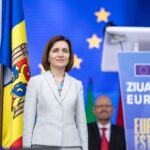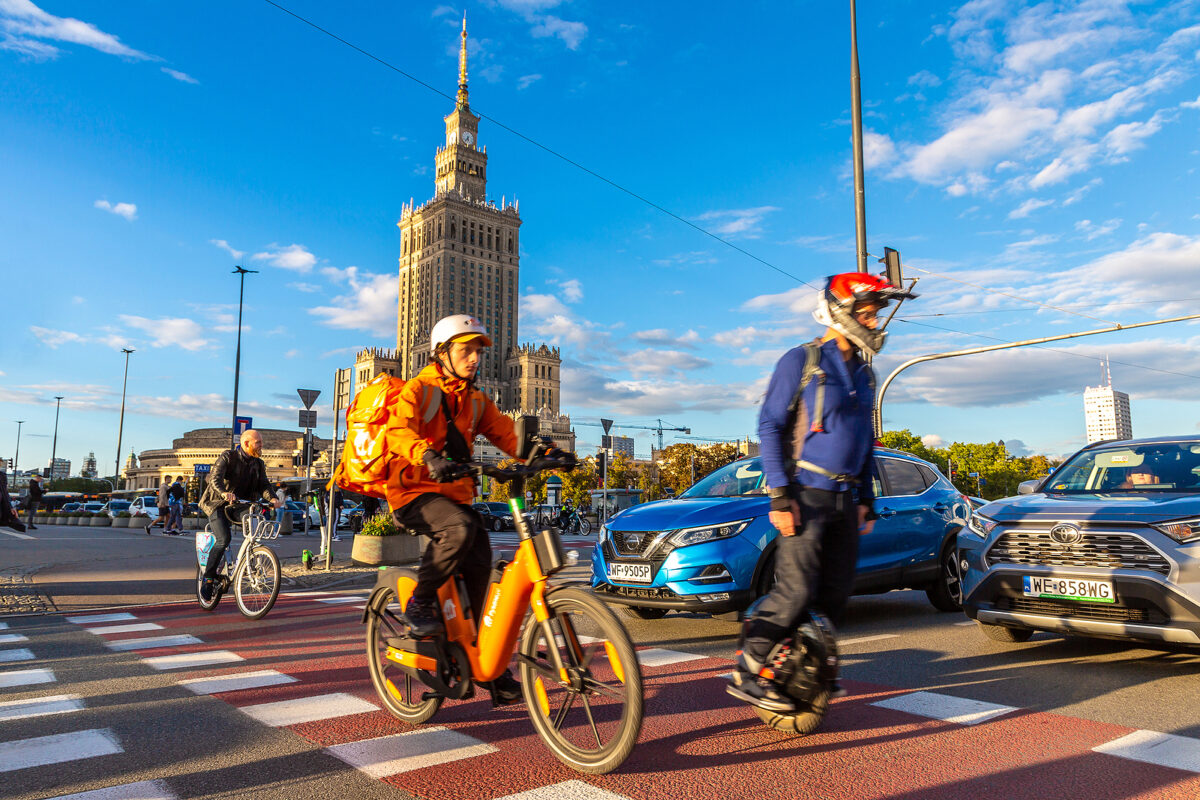Although the international environment continues to be a mixed bag, the economies of most Central, Eastern and Southeastern European countries are likely to gain momentum in 2024, with the EU members of the region in particular proving robust in the face of the ongoing economic slump in Germany.
Although major risks remain, the situation is brightening overall, as shown by the new Summer Forecast from the Vienna Institute for International Economic Studies (wiiw), which looks at 23 countries of the region.
“The main driver of growth is the sharp rise in real wages, which is stimulating private consumption, even if a not inconsiderable proportion of the additional disposable income is being saved,” says Vasily Astrov, economist at wiiw and lead author of the Summer Forecast.
However, for the EU members of the region the situation is quite different in the industrial sector, which is still in recession, mainly due to the deep crisis in German industry. The Visegrád states (Czechia, Hungary, Poland, Slovakia), in particular, are closely intertwined with it.
“This limits the growth prospects of all those countries that are part of the industrial cluster around Germany,” explains Astrov.
For 2024, wiiw forecasts average growth of 2.6 per cent for the EU members of the region, increasing to three per cent in 2025. That means that this year they are likely to significantly outperform the euro area, which will almost stagnate (0.6 per cent); and next year will grow almost twice as fast as the euro area (1.6 per cent).
Slovenia and the Visegrád states will expand by an average of 2.6 per cent this year and will increase their growth to 3.1 per cent in 2025. Poland is the frontrunner in terms of growth among the eastern EU members, both this year (3.3 per cent) and next (3.6 per cent).
The Southeastern European EU members Romania and Croatia will also see strong growth of three per cent in 2024. The economy there will be supported not least by inflows of funds from the NextGenerationEU coronavirus recovery fund and, in the case of Croatia, by flourishing tourism.
The six economies of the Western Balkans meanwhile will expand on average by 3.2 per cent this year.
The recovery in war-torn Ukraine is likely to weaken this year, with growth of 2.7 per cent. This is a downward revision of 0.5 percentage points compared to wiiw’s Spring Forecast.
The destruction of Ukraine’s energy infrastructure by Russian air strikes will weigh heavily on the economy this year and next. By contrast, there is an upward revision of 0.4 percentage points for the aggressor, Russia. Thus that country, which is increasingly geared towards a war economy, is likely to grow at a similar rate this year (3.2 per cent) as in 2023 (3.6 per cent).
Geopolitical risks remain significant
Geopolitical issues pose the greatest risks to the forecast.
“A Donald Trump victory in the US presidential election in November could intensify the trade war between the US and China, and possibly also start one with the EU,” warns Astrov.
“This would hit the small, open economies of Central and Eastern Europe particularly hard. In addition, investor confidence in the region could also erode if Trump were to question the US security guarantee for Europe.”
Additionally, Astrov says that, “the prospect of a French government led by Marine Le Pen’s far-right Rassemblement National after the parliamentary elections is, of course, also worrying.”
That concern is particularly relevant for Ukraine, since a new government in Paris led by the right-wing populists could—at the very least—make it extremely difficult for the country to receive the Western support it so urgently needs.
In view of Ukraine’s projected budget deficit of 18 per cent of GDP this year (most of which will have to be covered by foreign financial aid), such a scenario would be highly problematic. The economic outlook for Ukraine has anyway become clouded: although according to official estimates the country’s economy expanded by a solid 4.5 per cent in the first quarter—mainly thanks to the reopened export route across the Black Sea—the systematic destruction of its energy supply by Russian missiles is now leading to regular nationwide power cuts.
The Vienna Institute has therefore reduced its growth forecast for 2024 by 0.5 percentage points, to 2.7 per cent.
“Half of Ukraine’s energy infrastructure has already been destroyed in Russian missile attacks, and the destruction is continuing. Without electricity, however, the Ukrainian economy will struggle to recover. This makes adequate supplies of Western air defence missiles all the more important,” says Olga Pindyuk, Ukraine expert at wiiw.







